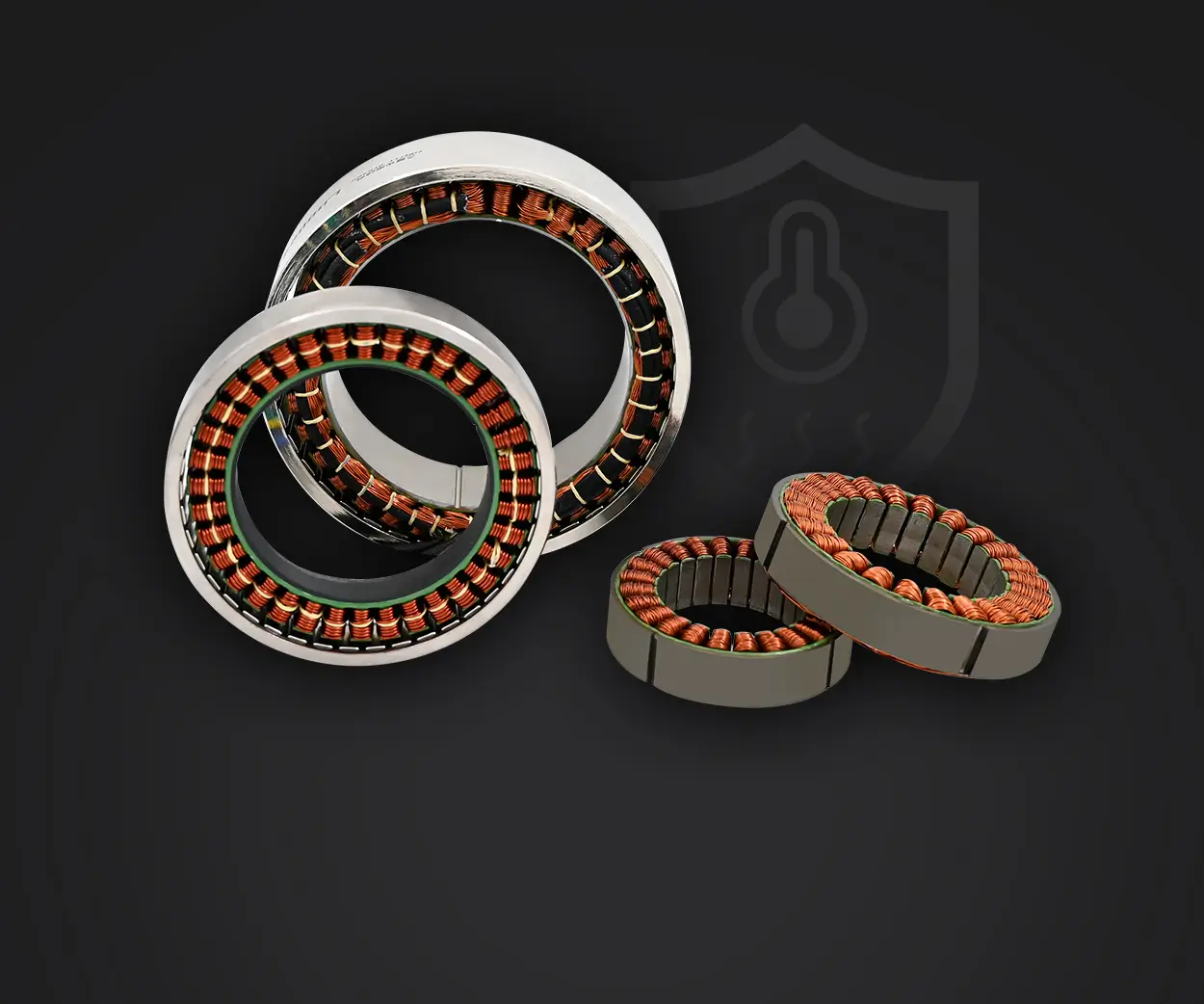When you hear the phrase “geared DC motor,” what comes to mind? Maybe a tiny engine silently powering a robot's arm, or perhaps a component echoing inside an automated device with precision and purpose. Among these, the 12V 100RPM geared DC motor stands out as an intriguing blend of simplicity and sophistication — a small powerhouse that holds immense potential for hobbyists, engineers, and industry enthusiasts alike.

The Basics: What is a 12V 100RPM Geared DC Motor?
At its core, a DC motor converts direct current electrical energy into mechanical motion. The "12V" indicates that it operates utilizing a 12-volt power supply, making it compatible with many common power sources, including batteries and power adapters. The "100RPM" (Revolutions Per Minute) specifies its rotational speed, meaning it completes 100 full rotations in a minute when unloaded and supplied with the designated voltage.
But here's where the magic of gear reduction comes in. These motors are usually equipped with an integrated gear train, designed to slow down the motor's high-speed rotation while multiplying torque. That's how a small motor with an inherently high RPM can provide precise, controlled movement at a slower, manageable speed.
The gear train acts much like the gears of a bicycle, translating a fast, light pedal stroke into a steady, powerful motion. For this reasons, geared DC motors are favored in applications requiring accurate control, high torque at low speeds, or both.
Why Choose a 12V 100RPM Geared DC Motor?
While there are countless variations of geared DC motors—differing in voltage, speed, torque, and gear ratio—the 12V 100RPM model strikes a sweet balance for many projects. It's a perfect middle ground between power and precision, small enough to fit into tight spaces, yet robust enough to handle tasks requiring moderate torque.
Imagine a robot arm assembling tiny electronics, or a small conveyor belt moving items steadily but gently. The 12V 100RPM motor’s compact size combined with reliable performance makes it an ideal candidate.
Moreover, the adjustability and versatility of such motors are impressive. With the right gear train, you can modify the output speed and torque to match your specific needs. This flexibility fuels a thriving maker community, where enthusiasts hack, modify, and innovate.
Diving Into the Mechanics: How Does It Work?
The inner workings of a 12V gear motor involve a few simple principles, yet their execution is finely tuned for optimal performance. Here’s a breakdown:
Electric Motor Core: Comprising coils and magnets, the motor converts electrical energy into electromagnetic force, spinning the rotor. Gear Train: Usually escalating from spur gears, planetary gears, or worm gears, the transmission reduces the motor's high rotational speed to the desired 100RPM while boosting torque. Output Shaft: The mechanical output that connects to gears, wheels, or other mechanical systems, delivering controlled motion.
What makes these motors particularly appealing is the balance between speed and torque. High torque at low speeds is often needed in robotics for gripping or lifting, while precise control at moderate speeds can benefit automation tasks.
This combination of robust mechanics and manageable speed makes the 12V 100RPM geared DC motor an elementary yet essential building block for a myriad of engineering challenges.
Practical Applications: From DIY to Industry
You might be surprised by the breadth of applications where a small, reliable geared motor fits perfectly:
Robotics: Whether for robotic arms, wheels, or actuators, these motors supply the torque needed for smooth and accurate movements. Automated Systems: Conveyor belts, sorting machines, or small automated gates often rely on such motors for consistent operation. Home Automation: Smart curtains, adjustable stands, or motorized furniture can utilize these compact motors. Educational Projects: A favorite among STEM educators and students for demonstrations in motor control, gear ratios, and robotics.
The Growing Popularity of 12V Geared DC Motors
What fuels the demand? One key factor is their simplicity. No complicated programming or control algorithms are necessary to get basic motion—just supply 12 volts, and the motor spins. For more precision, PWM (Pulse Width Modulation) control can be implemented with microcontrollers like Arduino or Raspberry Pi.
Additionally, the availability and affordability of these motors make them an attractive choice for startups, hobbyists, and researchers. Whether you're designing a prototype or an art installation, these motors bring your ideas to life with minimal fuss.
Part two will explore the deep dive into the technical specifications, customization options, maintenance tips, and innovative project ideas utilizing the 12V 100RPM geared DC motor. We'll also look at some captivating case studies that showcase its real-world versatility.
Established in 2005, Kpower has been dedicated to a professional compact motion unit manufacturer, headquartered in Dongguan, Guangdong Province, China.




































